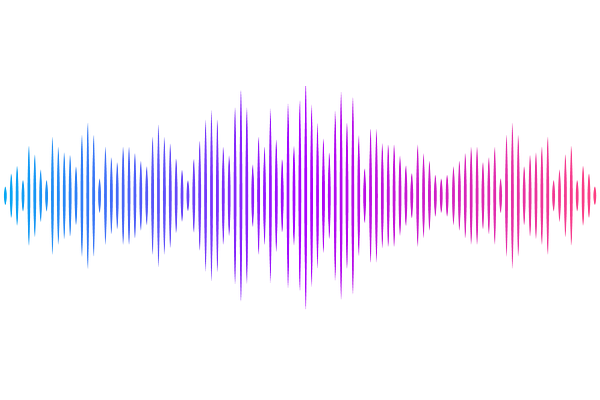Comparative Testing of Subgrid Models for Fast Neutrino Flavor Conversions in Core-collapse Supernova Simulations

Comparative Testing of Subgrid Models for Fast Neutrino Flavor Conversions in Core-collapse Supernova Simulations
Ryuichiro Akaho, Hiroki Nagakura, Shoichi Yamada
AbstractWe investigate key methodologies of Bhatnagar-Gross-Krook subgrid modeling for neutrino fast flavor conversions (FFC) in core-collapse supernova based on spherically symmetric Boltzmann radiation hydrodynamics simulations. We first examine time integration methods (explicit, implicit, or semi-implicit) and time step control for the subgrid term, and then compare various approaches in the literature approximating FFCs in two aspects: (1) angular dependent survival probability of neutrinos versus simple equipartition condition with a certain baryon mass density threshold, and (2) 4-species treatment versus 3-species assumption ($\nu_x=\bar\nu_x$). We find that the equipartition condition is reasonable for out-going neutrinos, but large deviations emerge in the incoming neutrinos, that has an influence on matter profiles. We also find that the 3-species model, in which flavor conversions evolve towards erasing electron neutrino lepton number (ELN) crossings, behave differently from the 4-species models where heavy leptonic neutrino number (XLN) are appropriately treated in FFC subgrid modeling. In 4-species models, we commonly observe noticeable differences between $\nu_x$ and $\bar\nu_x$, highlighting the limitation in 3-species treatments to study impacts of flavor conversion on neutrino signals. Our result also suggests that FFC models yield lower neutrino heating rate and smaller shock radii compared to cases with no FFC, in agreement with earlier studies employing quantum kinetic neutrino transport. This work provides valuable information towards robust implementation of FFC subgrid model into classical transport, and serves as a pilot study for future multi-dimensional simulations.